Pump Valves Fitting Test set up
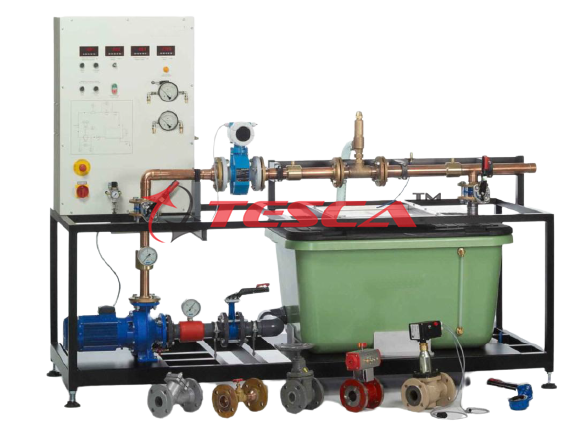
Order Code: 32149
Category: Strength of Materials Lab
Features Plotting characteristics of industrial valves and fittings Comparison of different valves and fittings Characteristics of a centrifugal pump Tesca Pumps/Valves/Fittings Test Stand allows the characteristics of ...
SPECIFICATION
Features
- Plotting characteristics of industrial valves and fittings
- Comparison of different valves and fittings
- Characteristics of a centrifugal pump
Tesca Pumps/Valves/Fittings Test Stand allows the characteristics of different valves and fittings to be compared. The typical kinds of valves and fittings are represented by a ball valve, a butterfly valve, two gate valves, and a control valve. A safety valve and a dirt trap are also investigated. All valves and fittings are flanged and can be installed in a pipe section with variable length. The pipe section is part of a closed water circuit. Pressure measurement points upstream and downstream of the valve and fitting under test are linked by a differential pressure manometer. This manometer is fitted with a pressure switch that activates a warning lamp if the pressure difference becomes excessive, such as when the filter is clogged. An electromagnetic flow rate sensor permits the precise recording of the flow rates.
The closed water circuit contains three butterfly valves, to isolate the pump, and to adjust the pressure upstream and downstream of the test fitting. Differential pressures across the pump and test fitting, the power consumption and speed of the pump, and the flow rate and opening angle of the control valve are recorded and displayed. The measured data can also be used to plot pump characteristics.
A vice is included, on a separate workbench, for maintenance and assembly work. The workbench also incorporates the necessary tools and connecting hoses.
The well-structured instructional material sets out the fundamentals and provides a step-by-step guide through the experiments.
Specifications
Trainer for testing various valves and fittings
Installation of the test fitting in a pipe section of variable length
Centrifugal pump with variable speed via frequency converter
Fine pressure regulator adjusts compressed air pressure
Collecting tray under test device
Supply tank with level gauge
Manometers in intake and delivery pipe of centrifugal pump
Pressure measuring points upstream and downstream of the test device for differential pressure manometer with pressure switch
Digital displays for flow rate, power output, speed, the position of control valve
Technical Specifications
Centrifugal pump
- Power consumption: 4kW
- Max. flow rate: 84m³/h
- Max. head: 24m
- Speed: 1450...2900min-1
Plastic tank with lid: capacity: 400L Test valves and fittings:
- Safety valve 1", 1,5bar
- Gate valve 1" – 1 ½ “
- Ball valve with pneumatic drive - butterfly valve
- Wedge gate valve
- Electric control valve
- Drt-trap with 2 filter elements
Measuring ranges
- Differential pressure manometer: 0...2,5bar / 0...4bar
- Manometer: 0...4bar / -1...0,6bar
- Flow rate: 0...2000L/min
- Opening range of control valve: 0...100%
- Power output: 0...4000W
- Speed: 0...2900min-1
Experiments
Characteristics of a centrifugal pump
Behavior during operation and function of
- Ball valve
- Butterfly valve
- Gate valve
- Wedge gate valve
- Control valve
- Safety valve
- Dirt trap
Valve characteristics
Determining the Kvs value of the control valve
Pressure losses at the dirt trap depending on the filter and its load
Planning, execution and assessment of maintenance and repair operations
Reading and understanding engineering drawings and operating instructions
Requirement in Labs
380-440V, 50Hz, 3 phases
Compressed air supply of 8bar

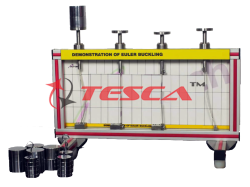

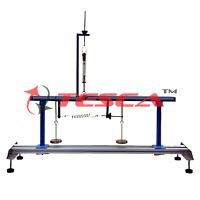
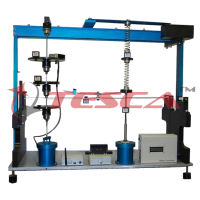
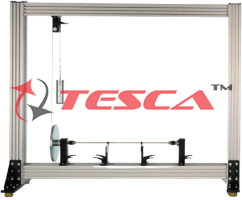
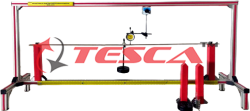
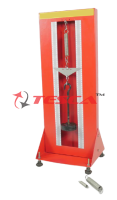
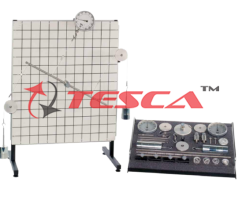
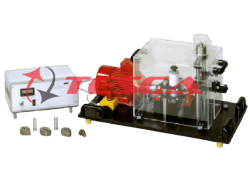

 91-9829132777
91-9829132777